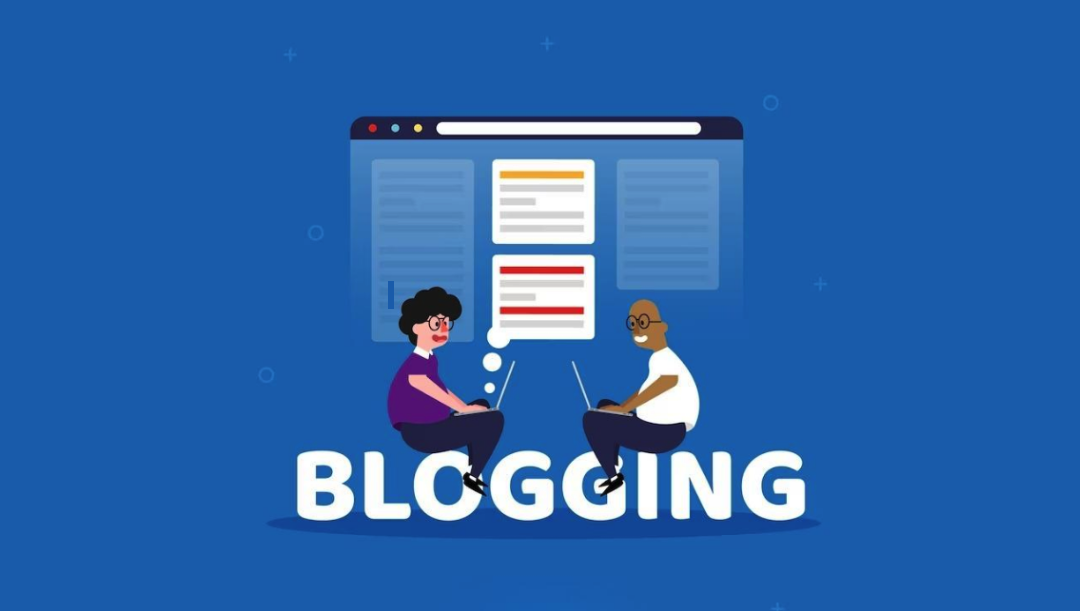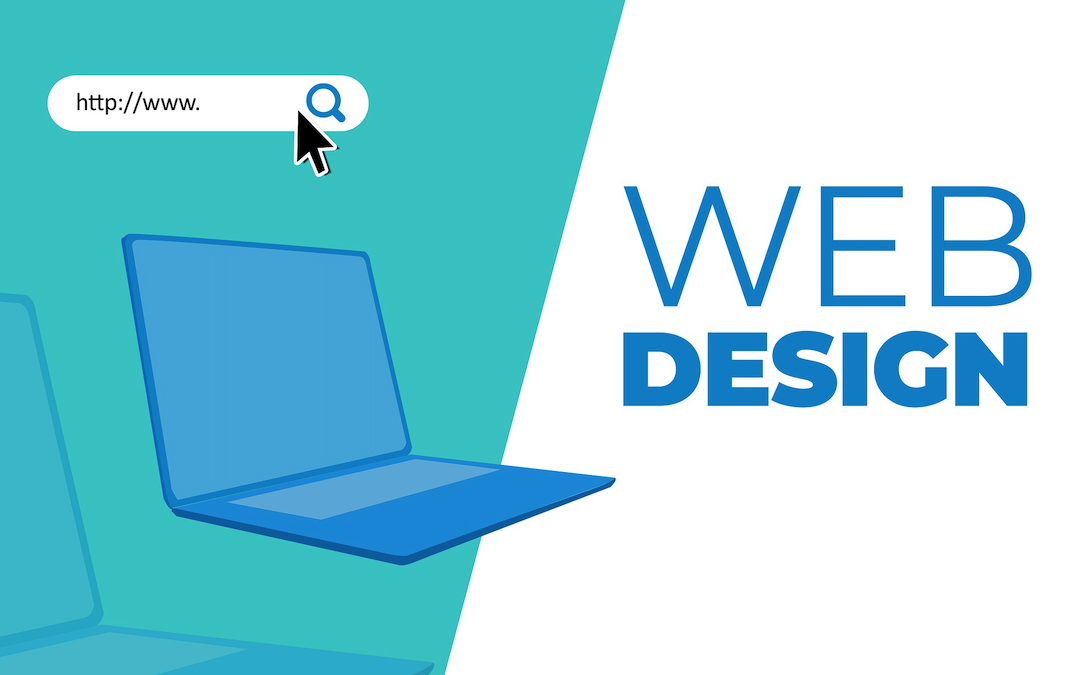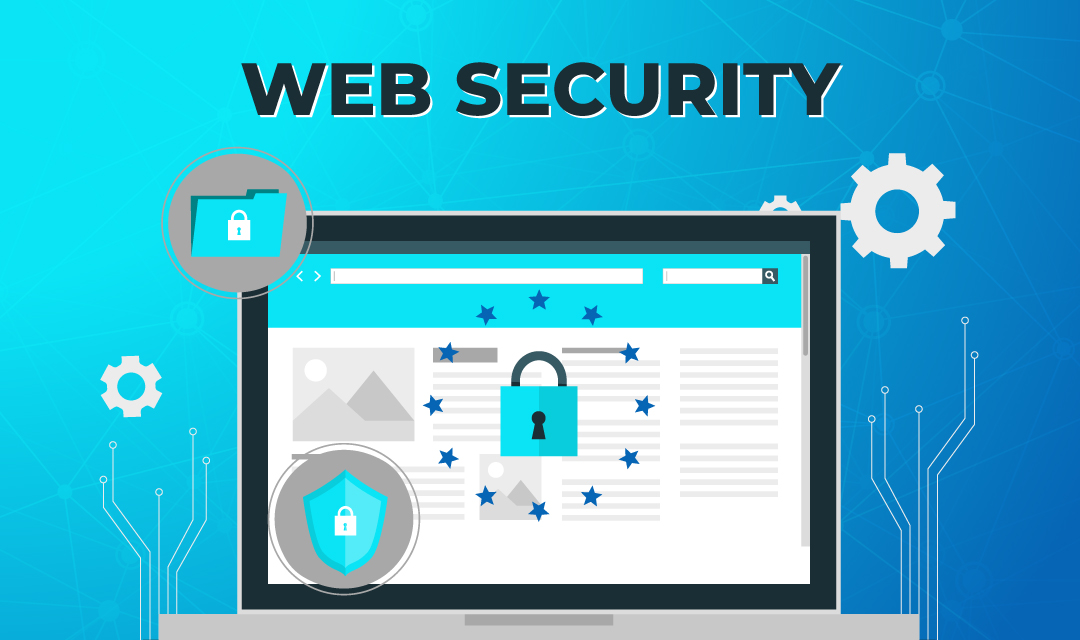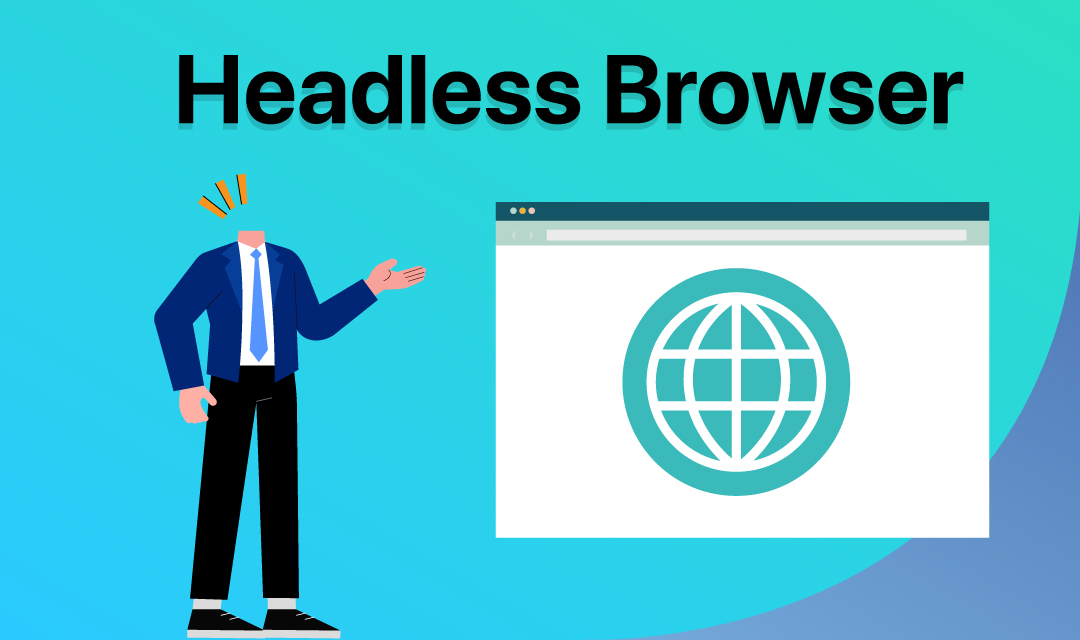
Blogging is a popular way to earn money online and many people are curious about how long it takes to start making money. While it is possible to make money right away from blogging, it generally takes time to make a reasonable income.

The world wide web is also known as the "www", "w3" or simply "web"; and it refers to the hypermedia system which allows users to view HTML formatted documents over the Internet. A hypermedia document is hosted by a web server and is accessed through a web browser by identifying each document by a uniform resource locator (URL). Tim Berners-Lee developed the very first web server, web browser, and HTML documents at the CERN research lab in 1990. A web page is formatted in HyperText Markup Language (HTML), and the document supports plain text, images, video, audio, hyperlinks (clickable links to other HTML documents), and javascript to allow the dynamic manipulation of the document and user interactions. The HTML documents are transferred across the Internet using the HyperText Transfer Protocol (HTTP).
Web 3.0 is the third generation of the World Wide Web, and its vision is to support decentralization, openness, and greater user utility. Since it is currently being worked on, nothing definitive standards have been defined. However, the goal of Web 3.0 offers the following core features:
The term, Web 2.0 was introduced by Tom O'Reilly in 2004 and it refers to the modern web we use today. As the name suggests, Web 2.0 is a second generation of the World Wide Web. The major distinction of Web 2.0 over Web 1.0 is the "dynamic" nature of how web pages are presented to a user.
Web 2.0 allows interactivity, social connectivity, and also promotes user-generated content. The user-generated contents are stored in a database, and made available to other users instantly. While Web 1.0 was primarily used on desktop computers, Web 2.0 has advanced to support mobile devices like smartphones and tablets; and the web pages are designed to display content responsively whether it was shown on a computer, tablet, or phone.
Web 2.0 also contributed to the exponential growth of social media networks. Dynamic interactivity over mobile devices allows users to contribute texts, photos, and videos on the social media platforms like Facebook, Instagram, TikTok, and Twitter. The advent of Web 2.0 was largely contributed by FAANG, a group of five largest companies in the USA: Meta (META, known as Facebook), Amazon (AMZN), Apple (APPL), Netflix (NFLX) and Alphabet (GOOG).
Web 1.0 refers to the original web developed in 1990. The core elements of the original web include the following:
The original web 1.0 was primarily designed to display "static" web pages without many user interactions. The original web 1.0 was supported by browsers like Netscape Navigator and Microsoft Explorer.

Blogging is a popular way to earn money online and many people are curious about how long it takes to start making money. While it is possible to make money right away from blogging, it generally takes time to make a reasonable income.

Earlier, individuals couldn't create a website without technical coding skills. However, in today’s digital era, even without coding experience and programming knowledge, you can create a website through various content management systems. You can utilize website builders like Square Space, WordPress, Unicorn, and Wix, which are easy to use with no code required to create your own website. These website builders help in building websites for owners themselves and allow them to save a lot of money on development costs.

E-commerce websites provide a streamlined approach to reaching your target market effectively. By facilitating 24/7 trading without geographical limitations, businesses can significantly boost their sales. Through an E-commerce platform, you gain access to your target audience globally, transcending physical boundaries. Unlike brick-and-mortar outlets, which have limited clientele reach, E-commerce websites offer unparalleled accessibility to clients and customers anytime, anywhere.

Designing compelling graphics for the web requires creativity and innovation. As the era advances and patron alternatives shift, designers are constantly challenged to push the limits of creativity and deliver stories that captivate and interact with audiences. This article is more than only a manual—it is a manifesto for unleashing the whole potential of digital creativity and empowering designers to create unforgettable online reports.

Welcome to the world of website speed magic, where Content Delivery Networks (CDNs) are the secret wizards behind the curtain. Imagine trying to watch your favorite show, and it keeps buffering or takes forever to load. Annoying, right? That's precisely why CDNs are so crucial for websites. They ensure that when someone wants to visit your site, everything loads quickly and smoothly, no matter where they are.

October 17, 2023
SEO is the process of optimizing a website to rank higher in search engine results pages (SERPs) for specific keywords or phrases. Discover key strategies and best practices to boost your online rankings and drive organic traffic to your website.
Learn more
October 13, 2023
Discover the critical elements of web security in this comprehensive article. Learn about common online threats, key security considerations, and the importance of encryption, data handling, and incident response plans. Protect your website and user data with proactive measures and stay ahead in the ever-evolving landscape of digital risks.
Learn more
September 30, 2023
In the ever-evolving web technology, headless browsers have become a powerful tool. They offer developers a GUI-less way to interact with websites, perform testing, and scrape data. Learn what the headless browser is, how it is used, and the various use cases that make it indispensable in web development.
Learn more
August 4, 2023
Gone are the days when boring and static pages were ranked higher on the Google Search engine. Today, it’s not just about creating a website but finding more ways to make it more interactive and alluring. It has been observed that Javascript has the potential to make any boring website more interactive and attention-grabbing.
Learn more
September 16, 2022
When it comes to e-commerce platforms, there are many platforms out there that can be used to set up and drive an online business. However, while there are other platforms out there, Shopify offers a number of benefits that make it a great option for driving your e-commerce business.
Learn more
September 29, 2023
Most businesses conduct all aspects of business, from client acquisition and product delivery to financial transactions, solely on their websites. A good conversion rate and a feeling of trustworthiness on your website are both essential. Securing your website with an SSL Certificate is not an option but a necessity today.
Learn more